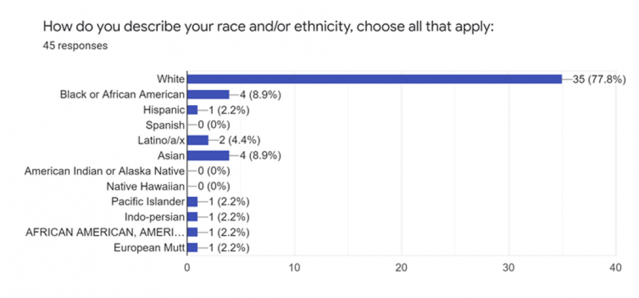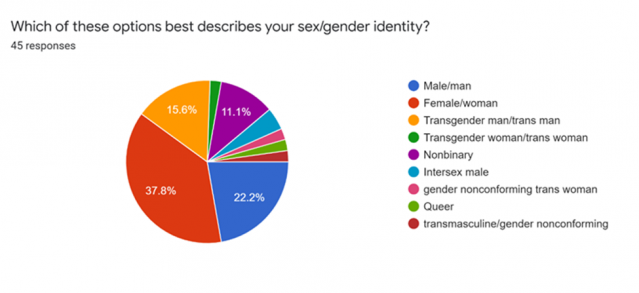
President's Newsletter - May 2022 Dear Colleagues,
Spring is upon us, and I hope that each of you are able to take some self-care time to literally stop and smell the roses. We continue to have our collective sleeves rolled up as we work to counter, with objective science, the waves of political machinations that aim to achieve gains at the expense of our most vulnerable trans and gender expansive youth. USPATH recently released a detailed Position Statement including line-by-line scientific rebuttals to the harmful and disappointing policy from the Florida Department of Health, which builds upon harmful actions in Texas and Arkansas. As mentioned in the Position Statement, we did have a beacon of light, as the Idaho State Senate declined to consider a bill passed in that state’s lower house which would have made prescribing hormones and blockers to TGD adolescents a felony, on the basis that it interfered with parental rights and was out of step with recommendations from the Idaho Medical Association. We continue to expand our USPATH Committee structure, and a recent call for membership applications for Research and Education Committees and the Elder Subcommittee yielded 45 applicants. As part of our efforts to improve diversity, equity, inclusion, and anti-racism within the organizational structure and culture, we collected race and ethnicity data as part of the application process. The results are unfortunately neither surprising nor reassuring; applicants were overwhelmingly white non-LatinX/Hispanic. I recognize there are many factors, known and also unknown, which contribute to the ongoing disproportionate representation of people of color within the organization. I hope that by collecting these data, and then reporting them transparently, we will begin to at least shed light on the nature and extent of the problem. Over time, we hope that these efforts will contribute to our larger vision of a more equitable, inclusive, and representative membership and leadership. 
I would like to acknowledge further that the committee membership application did not include measures of birth-assigned sex, nor of sexual orientation. Birth assigned sex (or some other “more-than-one-question” rubric) allows those trans people who identify with a binary “male” or “female” identity to be counted, rather than be subsumed into the cisgender proportion, and measuring sexual orientation is also an important demographic measure given disparities that can exist along these lines. This oversight was a technical error, though this explanation should not take away from our recognition of their significance, and how the very definition of exclusion involves these kinds of structural mis-steps and omissions. We have taken the needed measures to insure such errors do not occur again, and we pledge to continue reporting these data with transparency. That said, we are pleased with the diversity of gender identities represented among the applications. 
Wishing you all a happy and healthy spring,
Maddie | |


